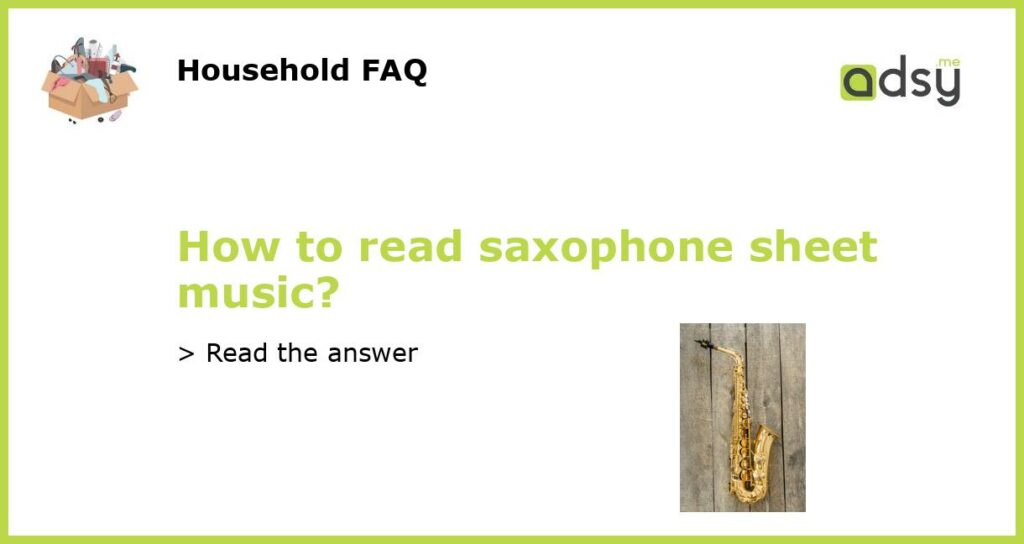A Beginner’s Guide
Learning how to read sheet music is an essential skill for any musician, and it applies to saxophone players too. Whether you’re a budding musician who’s just picked up the instrument or a seasoned player looking to expand your repertoire, having a good understanding of how to read sheet music can make life a lot easier. Here’s a beginner’s guide to help you get started!
The Basics of Saxophone Sheet Music
Before you dive into playing a piece of music, it’s important to understand the basics of sheet music notation. Saxophone sheet music is written on a staff consisting of five lines and four spaces. Each line and space represents a different note, ranging from low to high. The notes themselves are represented by symbols placed on the staff, such as circles, ovals, and triangles. The duration of each note is indicated by the shape of the symbol and the position of the stem.
Tips for Reading Saxophone Sheet Music
Reading sheet music can be daunting at first, but with a bit of practice, it will soon become second nature. Here are some tips to help you get started:
- Start with simple songs that have familiar melodies.
- Work on one line or section at a time, gradually adding more as you become more comfortable.
- Underline or circle any challenging sections that you need to focus on.
- Practice sight-reading regularly to improve your skills.
Resources for Learning Saxophone Sheet Music
There are many resources available online to help you learn how to read saxophone sheet music. Some great places to start include:
- 8notes.com: This site offers a wide range of sheet music for saxophone players of all levels.
- Musicnotes.com: Another great resource for finding sheet music for saxophone, with a focus on popular songs and movie themes.
- Saxophone for Dummies: This book is a fantastic resource for beginners, with a focus on learning how to read sheet music and play the saxophone.
Learning how to read saxophone sheet music can open up a whole new world of musical possibilities, allowing you to play a wider range of pieces and expand your repertoire. With the right resources and a bit of practice, anyone can learn how to read sheet music, so don’t be afraid to give it a try!






